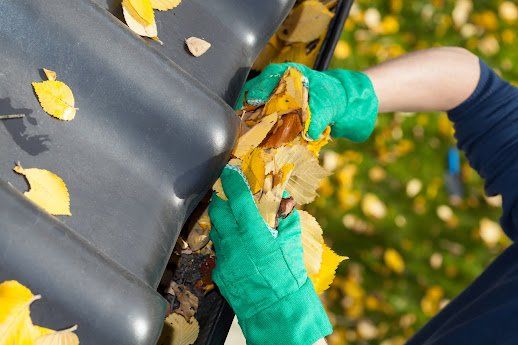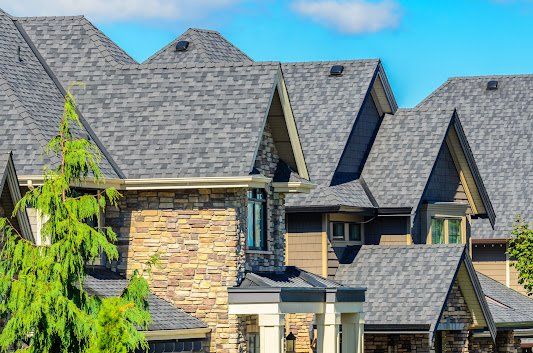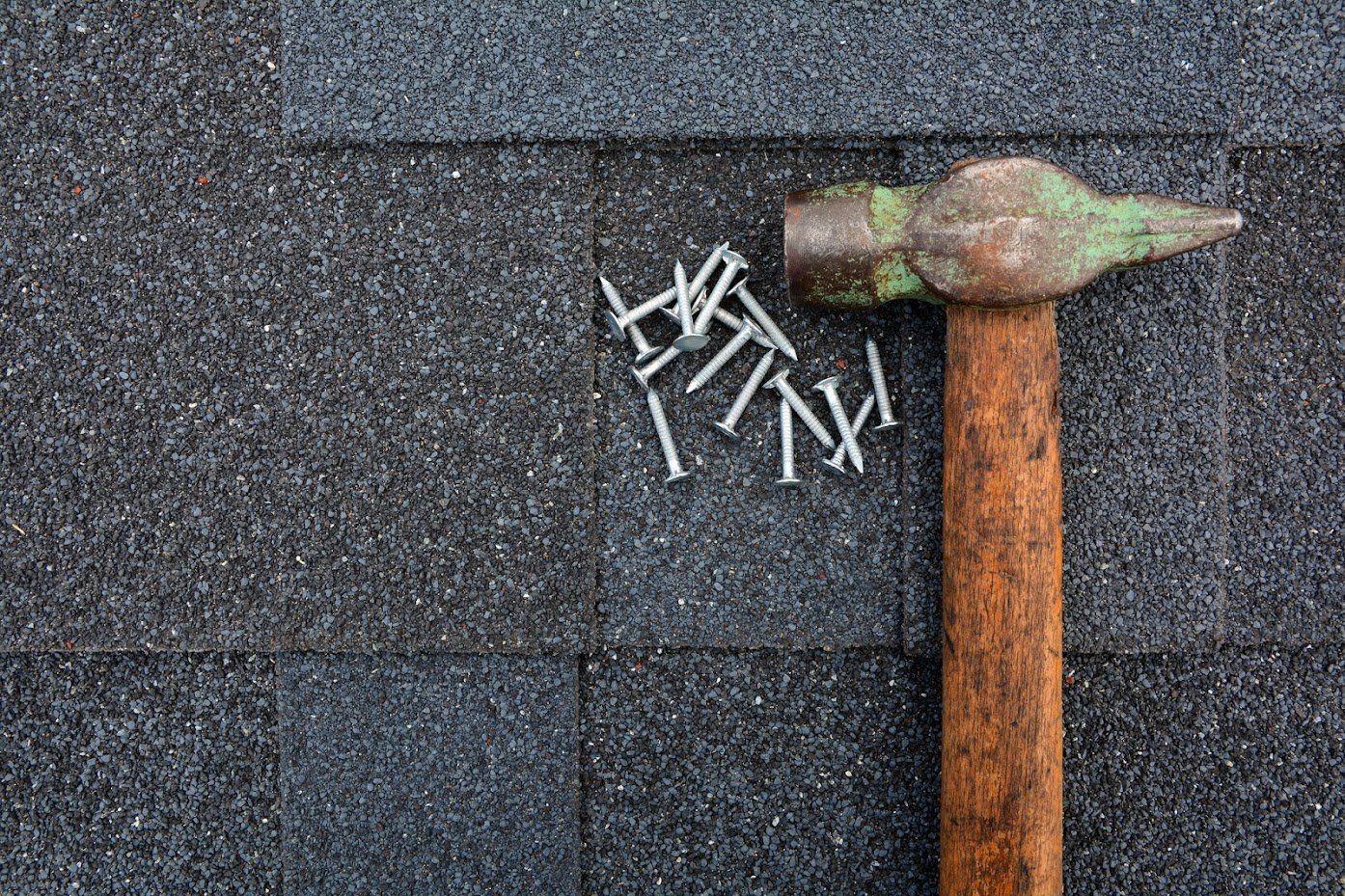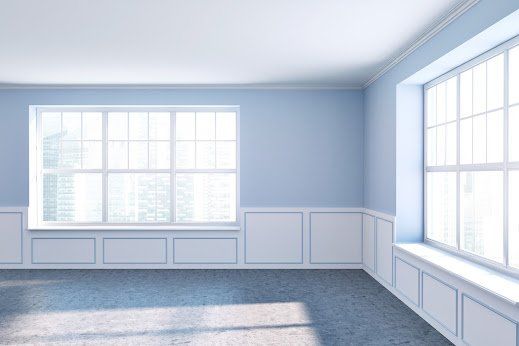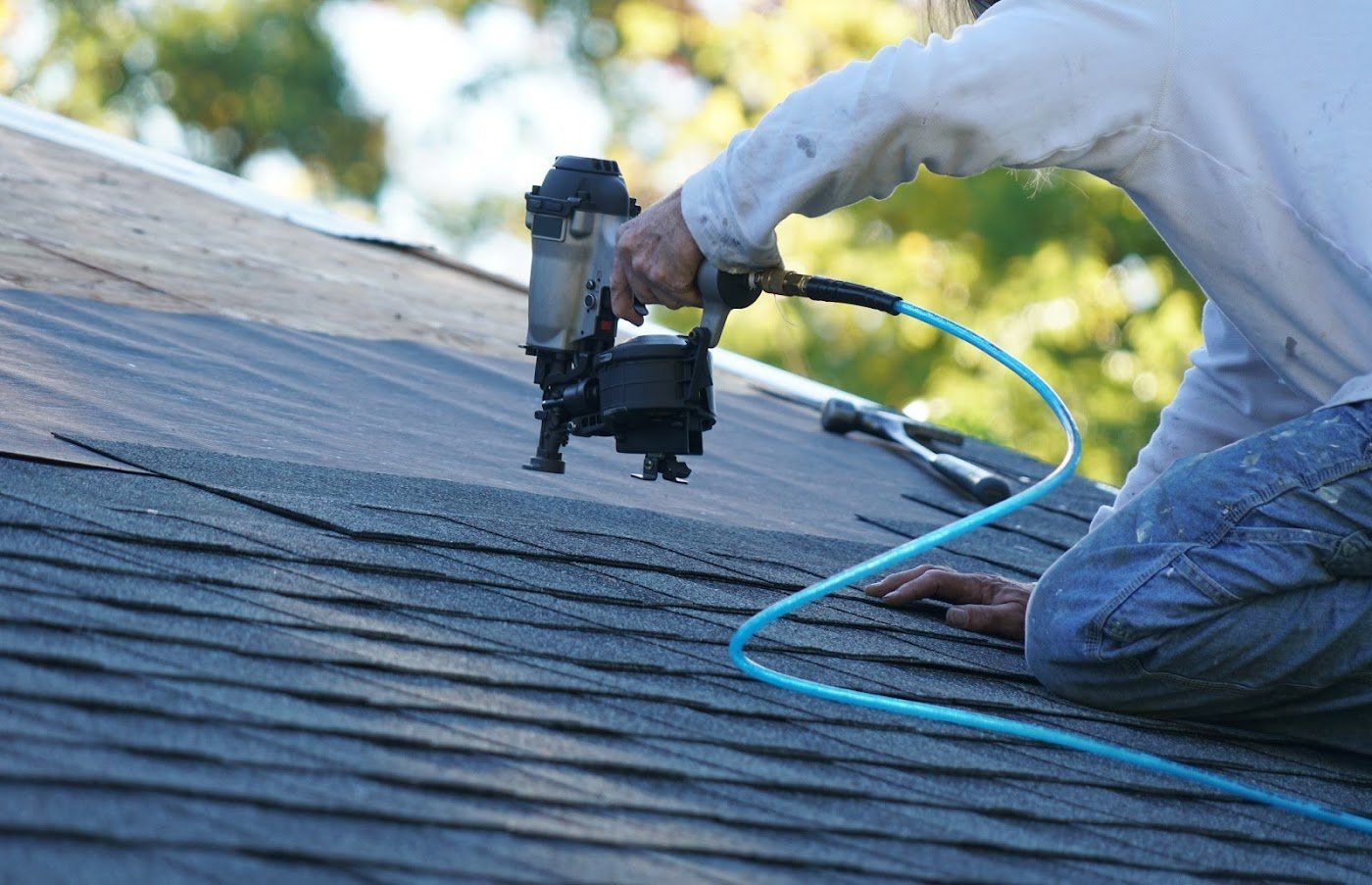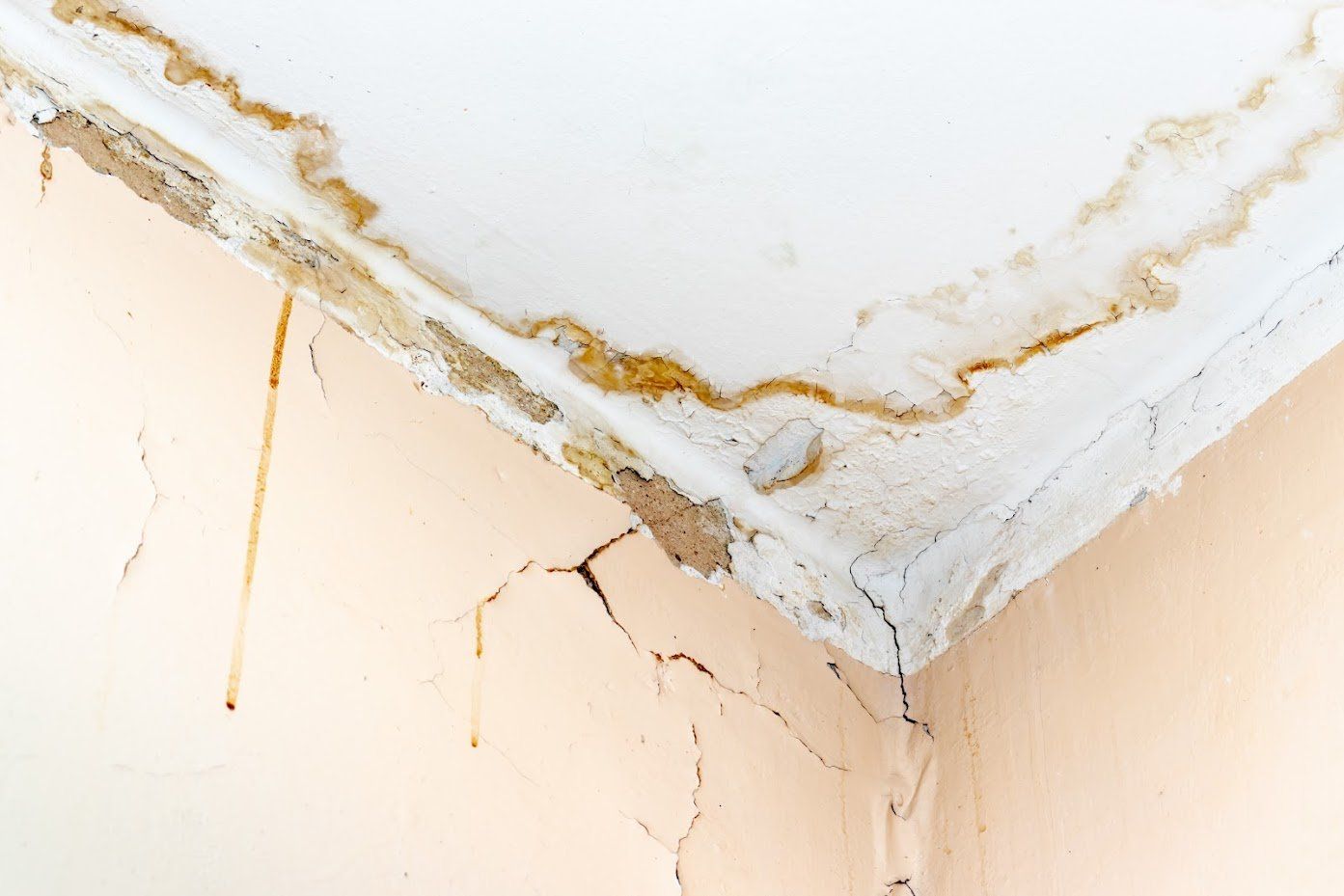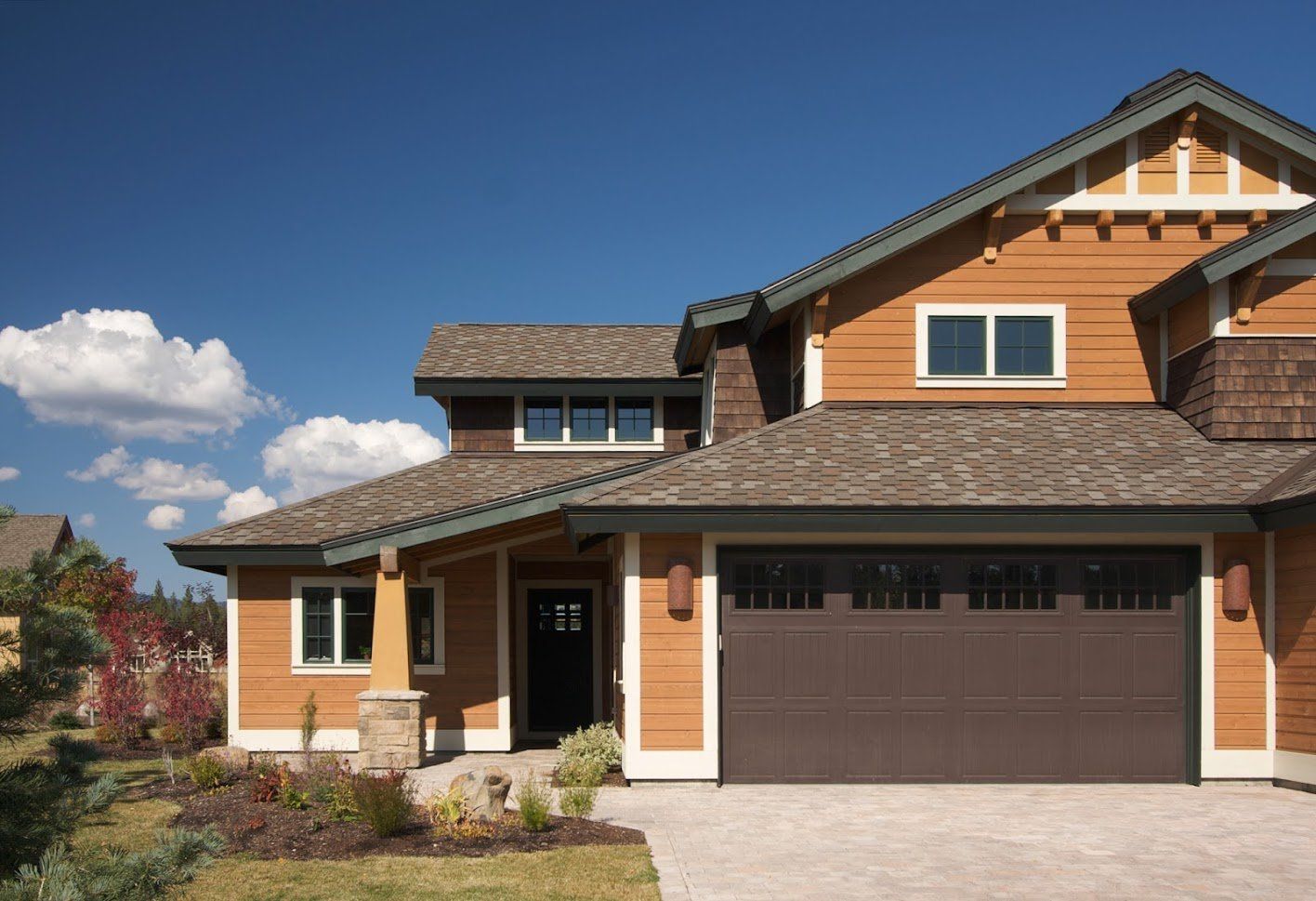Potential Causes of Granule Loss on Asphalt Shingle Roofs
- By Admin
- •
- 15 Jan, 2021
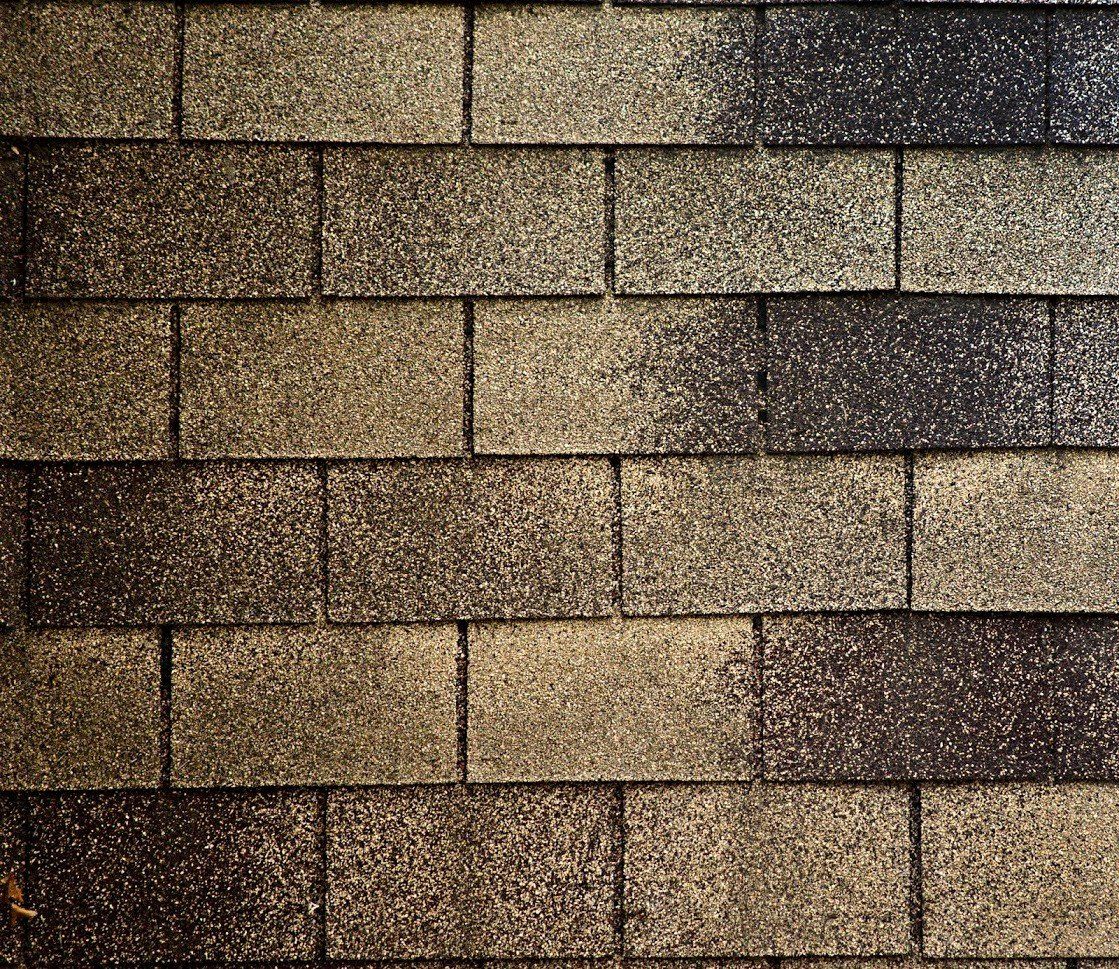
Asphalt shingles have granules on their surfaces. The granules give the shingles their color, protect the roof against sun damage, and reduce heat penetration into the house. Granule loss might be a cause for concern, depending on its cause, nature, and severity. Below are some causes of granule loss.
Loose Granules on New Roofs
New asphalt roofs have some excess granules. The excess granules usually attach loosely to the roof. Some of them might loosen further during packing, transportation, storage, and installation. These granules will usually wash down the roof shortly after installation.
Thus, you shouldn't worry if you have just installed a new roof and notice granules in the gutter. Note that normal granule loss from new roofs tends to be uniform and minimal. The loss shouldn't affect your roof's aesthetics. The granule loss will stop after some time.
Aging
Asphalt shingles are subject to wear and tear, just like other roofing materials. Expect your new asphalt shingle roof to last anywhere from 15 to 30 years. Granule loss is one of the effects of asphalt aging. The loss will increase with time as the asphalt material deteriorates, the shingles become brittle, and the granules loosen from the asphalt.
The rate of granule loss depends on different factors, such as:
- Roof pitch
- Quality of asphalt materials
- Local weather
Again, this is normal as long as the granule loss is not premature and it is more or less even all over the roof.
Weather Elements
Weather contributes to normal wear and tear of granule loss, but extreme weather can also cause premature granule loss. For example, hailstones can dislodge granules from the shingles' surfaces. An extreme storm can send trees and other debris crashing on your roof and cause granule loss.
Inclement weather typically causes sudden granule loss. That's why roofing contractors advise homeowners to inspect their roofs for signs of damage after each storm.
Batch Variations
Roofing manufacturers produce asphalt shingles in batches. Each batch represents shingles produced from a single mix of materials. Thus, you can expect shingles in each batch to have uniform composition, characteristics, and aging rates.
However, different batches might have slightly different compositions. The small variations might not be a cause for concern, especially in the short term. However, in the long term, the different rates of granule loss might rigger discolored patches on the roof.
Manufacturing Defects
Manufacturing defects can also cause premature granule loss. That might be the case, for example, if:
- Some shingles have impurities that prevent the granules from sticking firmly to the asphalt
- The shingle composition is off, and the final material is not as strong as it should be
- The manufacturing process created shingles with some areas weaker than others
The manufacturer should replace the defective shingles as long as your roof is still under warranty.
Foot Traffic
Anything that creates friction or physical impact on the roof can lead to granule loss. Granule loss due to foot traffic will be worse if:
- You have numerous roof installations that you frequently service or install
- Those who go up on your roof don't watch where they step on
- You frequently go up to the roof for inspection instead of inspecting it from the ground
Fortunately, you can control foot traffic to limit granule loss.
Improper Storage
Lastly, the storage condition of the shingles before installation also affects granule loss. Storage conditions include:
- Exposure to direct sunlight or high temperatures
- Exposure to freezing temperatures
- Placement on uneven surfaces
Anything that damages the shingles can lead to granule loss. You may avoid such problems if you install your shingles soon after delivery.
Ratliff Enterprises, Inc., can help you diagnose granule loss on your roof. The solution will depend on the cause and extent of the damage. Contact us with all your roofing problems and enjoy our professional solutions.



